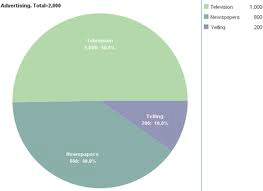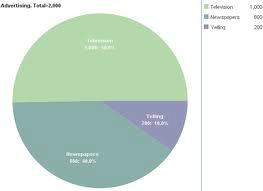Castra Martis Castle, Municipality of Vidin

"Castra Martis" Fortress is located in the center of town Kula in a park, on 32 km southwest of town of Vidin and 13 km from the border with Serbia, where is located the border checkpoint Vrashka chuka. “Castra Martis” Fortress is located in the center of the tower. In archaeological studies there have been shown that before the construction of the fortress on the slopes of the River Army was a small Thracian - Roman settlement in which life began as early as the first millennium BC and continued into the first centuries of the Roman Empire. The castle dates back to approximately the end of 3rd century and played an important role in the defense of these lands in the 4th – 6th c.
Archaeological studies have shown that the fortress consists of two parts - a small square fort - quadriburgius and a castle, located south of it. The two parts are not designed and implemented simultaneously. Originally quadriburgius was erected - at the end of 3rd - early 4th century. This type of fortifications in the border regions of the Roman Empire were associated with the defense activities of Emperor Diocletian. Quadriburgius is a square fort, with dimensions 40 x 40 meters, in the corners rise powerful round towers with a diameter of 12.5 m and was the seat of the governor. The castle has the shape of an irregular quadrangle, defended by seven polygonal towers. It occupies an area of 15.5 acres. In the middle of the central building of the fort there is a courtyard with a well, covered with large square bricks. Around the courtyard are two-storey rooms. North of the yard, there is a large room which had special functions. There probably command staff had gathered and stored battle flags and medals of the army unit that were camping in the fortress. East and west of the main building there are 5 massive pylons which had carried the construction of two-storey premises to the fortress walls, used in ground floor for stores and at the top of barracks. The towers were on three floors, connected by wooden ladders. They were covered with tiles. Arched windows were used for their defense. Next to the ruins, in a small building is arranged a museum collection of artifacts found during the excavations that reveal the material culture of the residents. Materials of the Thracian- Roman settlement before the construction of the fortress are scarce. Pottery by hand, marble columns, bronze statuette of Venus portrait of a head from 3rd c are exhibited, an altar dedicated to Jupiter from 3rd century and more. With more materials, plans and maps is illustrated the life of the late antique fortress. Below are a variety of tools: agricultural, stockbreeding, bricklaying, mason and others, used in auxiliary utility building of the military unit. For the life of the household occupants testify clay lamps and various shaped containers covered with green and brown glaze. There are shown bronze fibulae and coins from 4th – 5th century. The spearheads and arrows bear witness to the turbulent events that the fortress had survived, which played an important role in the defense of these lands in the 4th – 6th century.


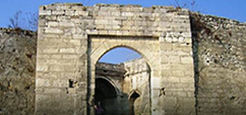
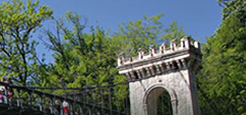


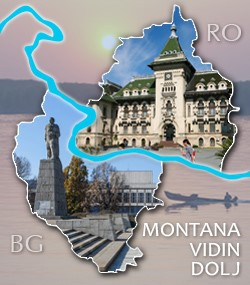
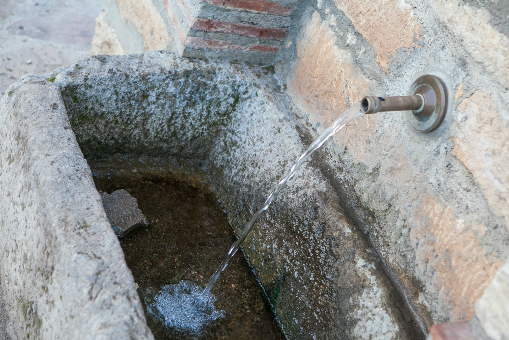
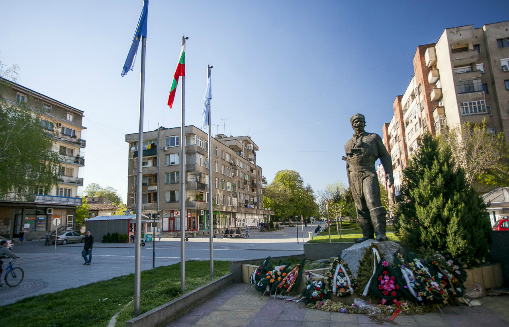
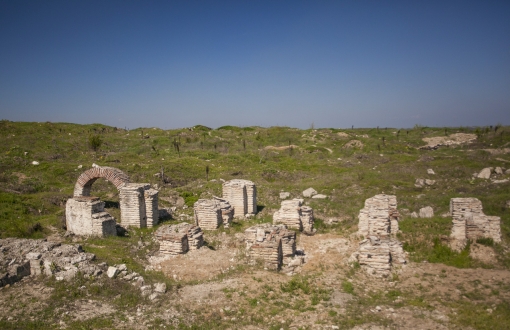
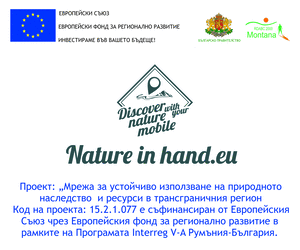
 Google Play
Google Play App Store
App Store 